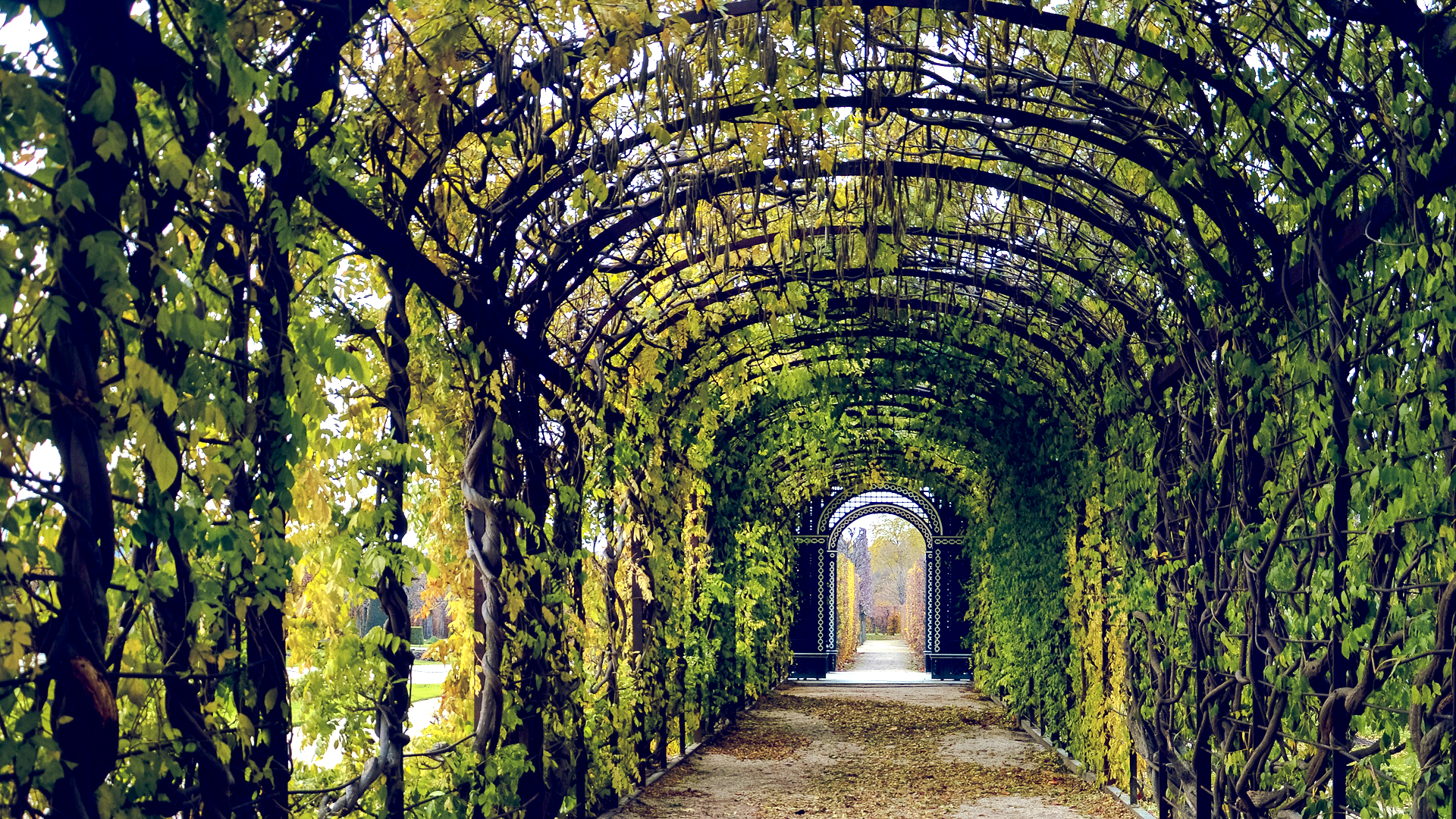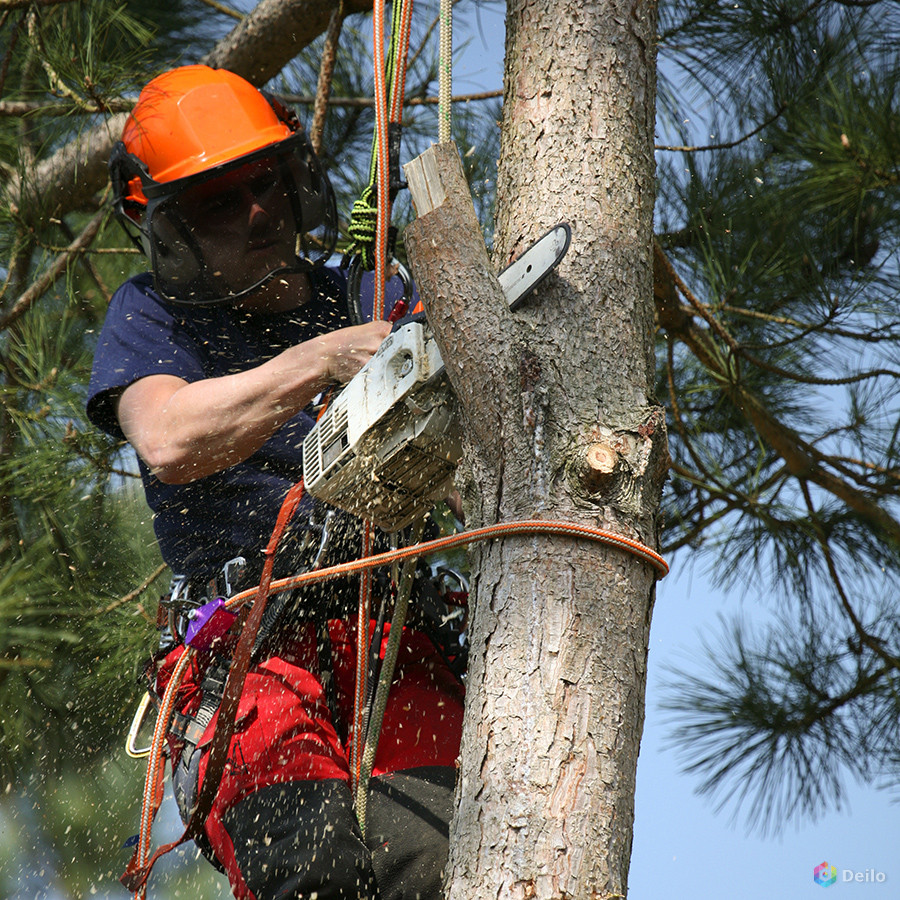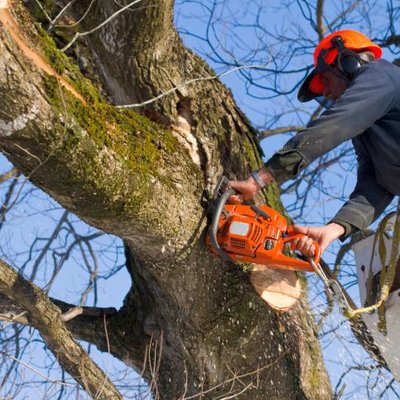Here are some do-it-yourself (DIY) methods for getting rid of old tree stumps:
- Chemical Stump Removal:
- Drill holes into the stump, spacing them a few inches apart and about 8-12 inches deep.
- Fill the holes with a high-nitrogen fertilizer or stump remover. Add water to the holes to accelerate the process.
- Cover the stump with a tarp to speed up the decomposition by creating a warm, moist environment.
- Mechanical Stump Removal:
- Use a chainsaw or handsaw to cut the stump as close to the ground as possible.
- Use a stump grinder to grind the remaining stump below the soil level. You can rent a stump grinder for this task.
- Natural Decomposition:
- Cover the stump with soil and plant a new tree or shrub on top of it. The decomposing stump will provide nutrients to the new plant.
- Epsom Salt Treatment:
- Drill holes into the stump and fill them with Epsom salt.
- Water the stump to help the salt penetrate.
- The salt will draw out moisture and speed up the stump’s decay.
- Hand Digging:
- Dig around the stump to expose its roots.
- Use loppers or a saw to cut the roots.
- Rock the stump back and forth to loosen it from the soil, then remove it.
Remember to consider safety precautions, especially when using specialized tools or chemicals. If the stump is too large or you’re unsure about the process, contact us and we can provide the best options for your removal.






